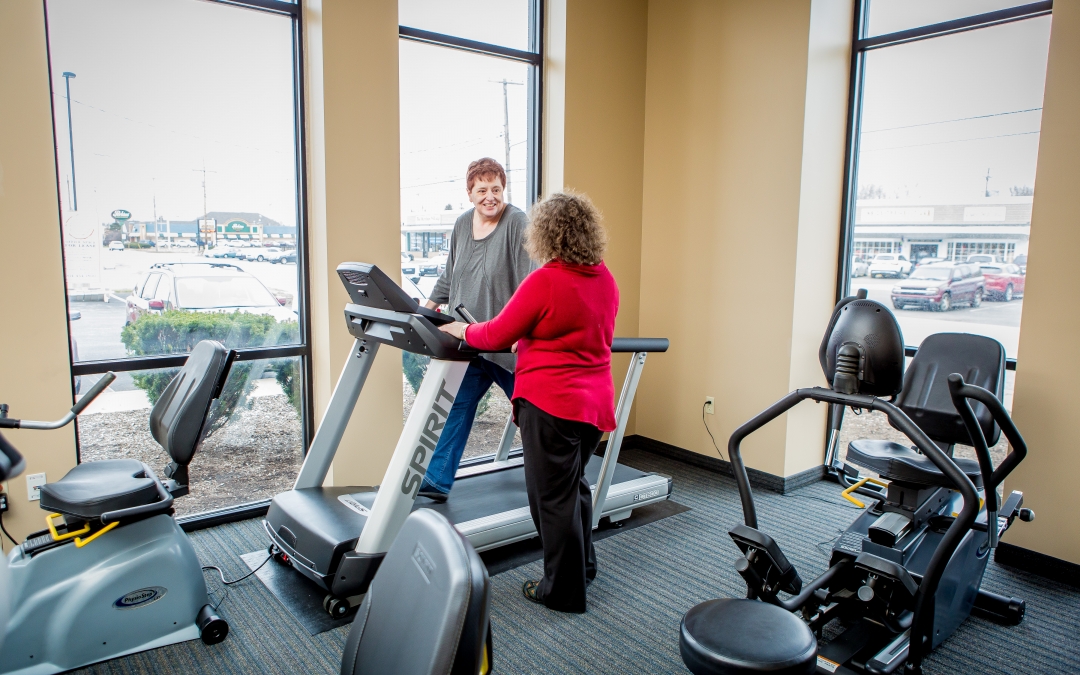What Does Good Form Look Like?
So, if we are to discuss issues with running form, we should mention what good running form actually looks like. Your torso should should be vertical/ upright with a slight body lean forward so that your feet are behind your hips during movement. Ideally, you should feel like you are falling forward as you run, and that your legs are moving to “catch” you. Your front leg should bend forward at the knee as your back leg straightens out. Your head should be aligned with your shoulders and you should keep your gaze forward. Avoid jutting your head out. This strains your neck, back and shoulders. Your arm movements should naturally mirror your legs, so it is important in running form that you keep elbows bent at a 90 degree angle and swing your arms with your fists moving from chin level to hip. Keep your shoulders relaxed and avoid swinging arms across your body. Proper running form helps you to run more efficiently, so that you can go faster with decreased effort and less likelihood of becoming injured.
Common Running Gait Issues
So, not everyone will look the same when they run. That is not what necessitates this information. Every individual should focus on theiHow to Fix Your Running Gait
Running is a method of movement that allows humans (and other animals) to move quickly on foot. It is a type of gait characterized by an “aerial” phase- a point where all feet are off the ground. Adults run for many reasons: competition, getting in shape, socializing, improving mental status/health, or just for the enjoyment of it.
There is cause for concern when someone has gait problems, which will impact running (as well as walking) patterns. These problems may appear in young children during development, when learning to walk. Improper gait form may also present in adulthood, as a result of injury or other underlying health issue. Any issues with running gait can also lead to future problems. Thus, by improving gait form, you can reduce your risk for injury. Be sure to speak with a physical therapist (PT) to address the underlying issues and get the help that you need. A PT can analyze your gait pattern and identify any concerns that need addressed or require correction. Exercise and staying active are important in a healthy lifestyle, especially as you age. Working with a PT to improve your running gait can make a big difference in quality of life and maintaining a healthy lifestyle.
What Does Good Runningr own mechanics and running gait efficiency and form. There are some common issues with running gait that are inefficient and thus lead to injury. Heel-striking: This is when your front foot lands heel first, ahead of your hips. This will require more effort to push off. Tip-toeing: This occurs when landing on your toes. This is also an inefficient method for push off. You should aim to land at mid-foot to facilitate push off. Overstriding: This occurs when you take longer strides than appropriate. You would think that longer strides get you to your destination sooner, but shorter, quicker strides are more efficient. Your foot turning inward (in-toeing) or outward (out-toeing) also impact foot position in running form and are more often referred to as “duck footed” or “pigeon-toed”. Limping: This is an unsteady gait pattern that favors one leg after an injury. This may often continue to occur as your body adapts to this pattern of movement, despite the injury being mostly or completely healed.
Exercises to Help Improve Your Running Gait
If you feel that you need to work on your running gait efficiency and/or have a number of things to work on to achieve “good” running form, don’t try to tackle them all at once. The greatest benefits will be seen when making small changes- one at a time. Exercises and treatments will vary, depending on the issues and the underlying cause or problem. Changing habits and transforming your movement isn’t easy. It takes 4-6 weeks to feel comfortable with your changes. And in the presence of pain or fatigue, your body will naturally try to revert to the old (not so good) habits. Some ways of improving form include stretching to increase flexibility and ROM (range of motion), strengthening of the hip, leg, core and pelvis, increasing hip and leg mobility, and increased balance training. Exercises that specifically target these areas are “running lunges”, bridges, jumping exercises, or even running in place. You may even have to learn/ relearn the gait or running cycle and break it down into smaller pieces to improve each segment that you need to.
Contact Niagara Therapy, LLC Today
Niagara Therapy, LLC’s knowledgeable physical therapists are able to assess your running gait and determine you therapeutic needs. The therapists will work with you to create an individualized program to help reduce muscle imbalances by increasing strength, stretching, improving coordination and reviewing the gait cycle with you to improve your gait and running efficiency. Physical therapy will improve your mobility and motivate you to improve your quality of life to get you on track for a more health lifestyle. Niagara Therapy’s physical therapists have the tools and skills to fix your running form. Call (814) 464-0627 today to set up a one-on-one appointment to improve your running gait / form.



